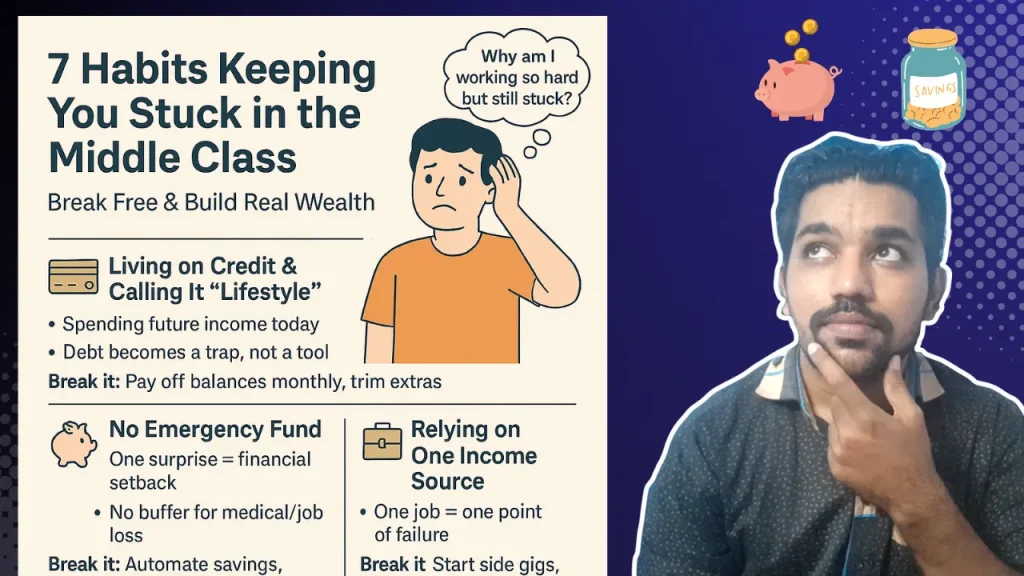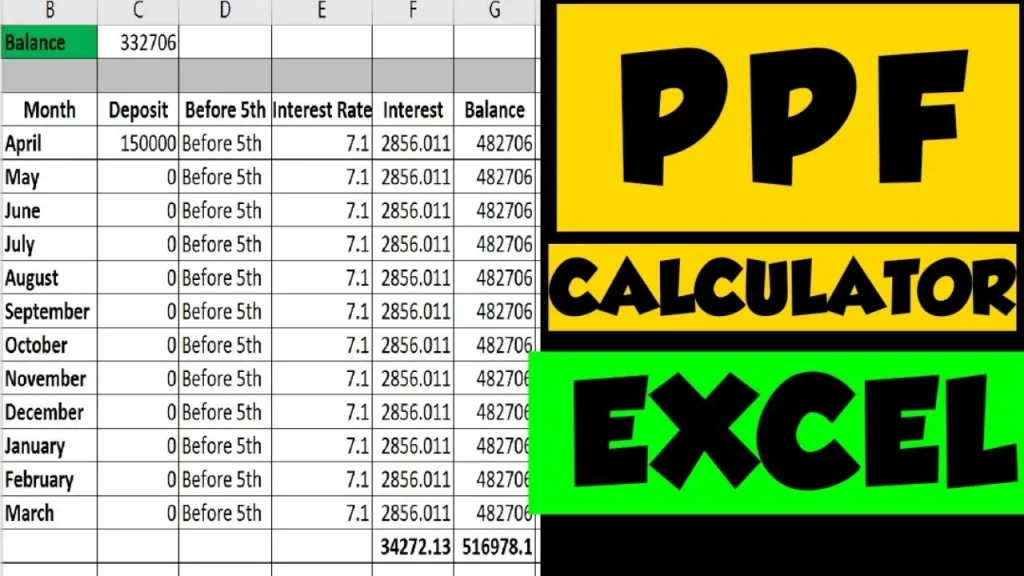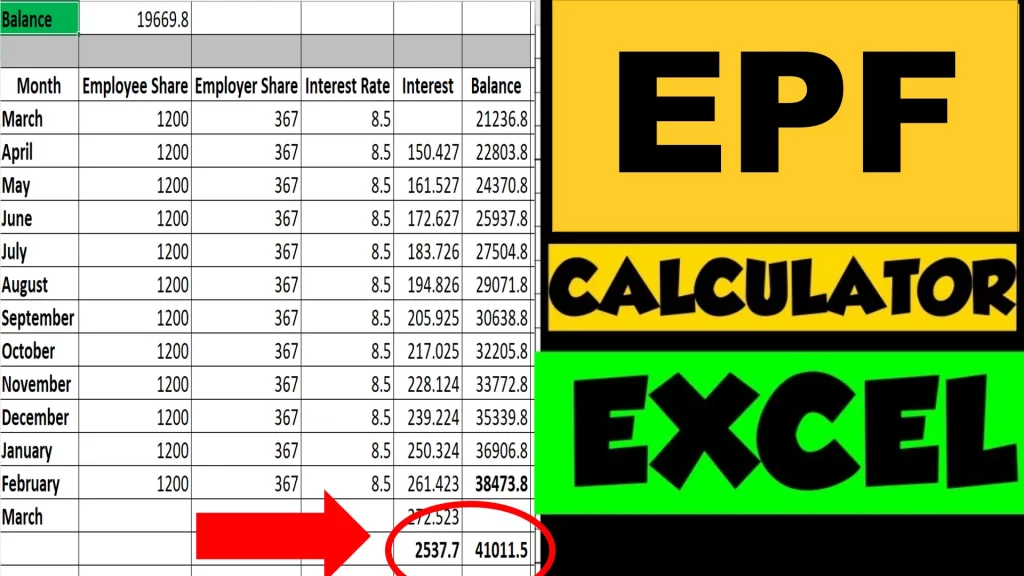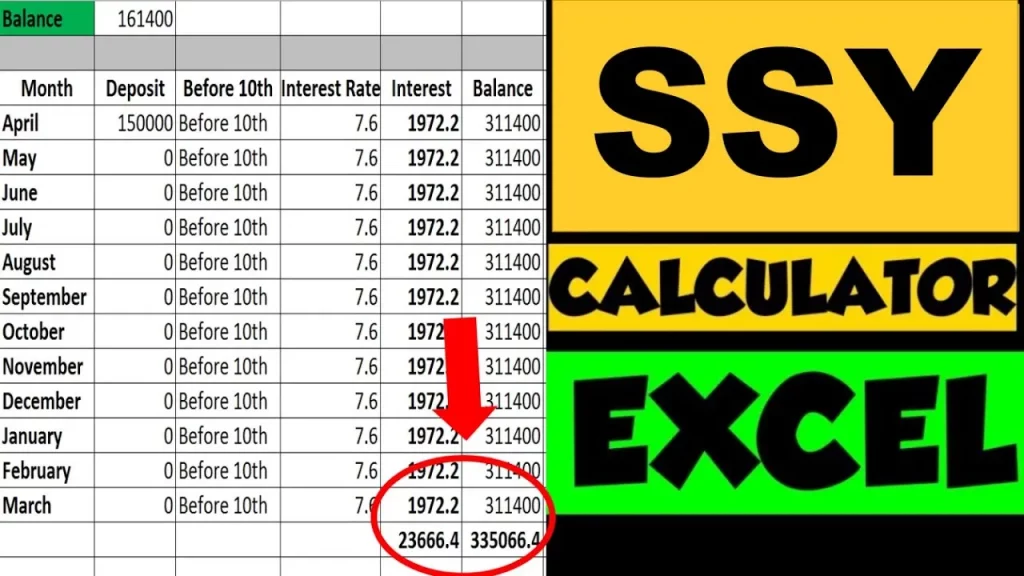There are 7 Middle Class Habits That Keep You Stuck Financially which include – Working for less than your worth, Buying more than you can afford, Relying on single source of income, not investing for future, consuming more than producing, not having basic financial literacy and comparing yourself with others.
These are some of the bad habits of middle class Indians that keep them stuck financially and avoid their financial freedom.
Let us discuss them in detail.
- 1. Working for Less Than Your Worth
- 2. The Lifestyle Inflation Trap: Buying More Than You Can Afford
- 3. Relying on a Single Source of Income
- 4. The Critical Importance of Investing for the Future
- 5. The Mindset Shift: From Consumption to Production
- 6. Basic Financial Literacy
- 7. Breaking Free from the Crowd: Avoid Comparison
- Conclusion
- Frequently Asked Questions
1. Working for Less Than Your Worth
A common belief is that loyalty to a company will be rewarded with steady raises and career progression. However, this is often a myth. Many companies offer annual raises of just 3-4%, which frequently falls below the rate of inflation. This means that year after year, while your salary number might increase, your actual purchasing power decreases. You are effectively making less money in real terms, keeping you stagnant in your financial journey.
The Solution: The most effective way to significantly increase your income is to change jobs. A new position at a different company often comes with a salary increase of 10-20% or more. This strategy forces the market to properly value your skills and experience. By periodically exploring new opportunities, you ensure you are being paid what you are truly worth. This doesn’t mean you should job-hop every year, but being open to new roles every few years can be a game-changer for your income and, consequently, your ability to build wealth.
2. The Lifestyle Inflation Trap: Buying More Than You Can Afford
One of the most insidious habits of the middle class is lifestyle inflation. This occurs when an increase in income leads to an equivalent or greater increase in spending. You get a raise, so you buy a more expensive car. You get a bonus, so you put a down payment on a bigger house. This is a primary mechanism that keeps people in the rat race. Here are the clear guidelines to help you avoid this pitfall:
- Housing: Your total Home Loan payment should not exceed 28% of your gross monthly income. This includes principal, interest, taxes, and insurance. Sticking to this guideline prevents your home from becoming a financial burden and frees up money for saving and investing.
By living below your means, you create a surplus that can be used to build wealth, rather than spending it on depreciating assets that only serve to impress others.
You can use the Home Loan EMI Calculator with Prepayment in excel to save the interest amount:
3. Relying on a Single Source of Income
Putting all your financial reliance in the hands of one employer is a high-risk strategy. In a world of layoffs and economic uncertainty, a single point of failure can lead to catastrophic financial consequences. True financial resilience comes from diversifying your income streams.
The Power of Diversification:
- Side Hustles: Start a second job, freelance in your field, or turn a hobby into a business. This not only provides an extra income stream but also develops new skills and expands your network.
- Passive Income: Begin investing in assets that generate income without requiring your direct labor. Start with the stock market, mutual funds or real estate.
- Investing: The power of investing, particularly in assets like index funds, is that it allows your money to work for you. Compounding returns over time can generate a significant portion of your income, eventually surpassing your active earnings. This is the cornerstone of true wealth building.
A single income is a fragile foundation. By building multiple streams, you create a robust financial system that can withstand shocks and accelerate your journey to freedom.
4. The Critical Importance of Investing for the Future
Many people view saving for retirement as a distant, abstract concept. The middle-class habit of delaying this crucial step is a major reason they remain in the rat race. By not investing every day or month, you are losing out on the immense power of compounding.
What is Compounding? Compounding is the process where the returns on an investment are reinvested to earn more returns. It’s a snowball effect that builds momentum over time. The earlier you start, the more time your money has to grow exponentially. This is why a small investment made in your 20s can be worth far more than a much larger investment made in your 40s.
Getting Started: For beginners, you can use simple and effective investment vehicles:
- Index Funds: These are a type of mutual fund or ETF that holds a diversified portfolio of stocks designed to match the performance of a market index, like the Sensex or Nifty 50. They offer diversification at a very low cost.
- Debt Funds: These invest in debt instruments that can have returns between 6% to 10% in a year and invest in safe instruments.
5. The Mindset Shift: From Consumption to Production
The fundamental difference between the financially free and those in the rat race lies in their relationship with money. The middle-class mindset is often one of consumption—money is a tool to buy things that make you happy. The wealth-building mindset is one of production—money is a tool to create more money.
| Aspect | Consumption Mindset (Rat Race) | Production Mindset (Wealth Building) |
| Spending | Spends on depreciating assets (cars, clothes) and experiences to impress others. | Spends on assets that generate more income (stocks, real estate, a business). |
| Focus | On what can be bought and consumed right now. | On what can be built and created for long-term freedom. |
| Income | A paycheck to be spent. | A tool to be invested and multiplied. |
| Debt | A normal part of life to finance wants. | A tool to be used strategically for productive assets, or avoided entirely. |
| Mindset | Scarcity: There’s never enough, so must keep working. | Abundance: Money is a tool to be leveraged for freedom. |
The simple yet profound shift is to reduce your consumption and increase your production. This means cutting back on unnecessary subscriptions, dining out less, and instead directing that money toward your investment accounts.
6. Basic Financial Literacy
The education system teaches us how to be good employees, but it rarely teaches us how to be financially intelligent. This lack of financial literacy is a major hurdle for many. Your financial well-being is as important as your physical and mental health, and it requires continuous learning.
Key areas of financial literacy to master:
- Budgeting: Understanding your income and expenses.
- Tax Laws: Learning how to legally minimize your tax burden and how to save income tax
- Investing: Understanding different asset classes and how they work.
- Value: Learning to distinguish between what something costs and what it’s actually worth.
By dedicating time to educate yourself on these topics, you gain control over your financial life, making informed decisions that will serve your long-term goals.
7. Breaking Free from the Crowd: Avoid Comparison
The final habit to break is the need to conform. Many people spend money simply to fit in or to project an image of success. This is a game you can never win. Your spending should not be dictated by what everyone else is doing.
Instead, define your own values and financial goals. What does financial freedom mean to you? Is it the ability to travel the world? Is it being able to quit your job to pursue a passion project? By identifying your goals, you remove the influence of external pressures. Living by an “inner scorecard” means your financial decisions are based on what truly matters to you, not on the approval of others. This is the ultimate path to contentment and genuine financial success.
Conclusion
Escaping the rat race is not about earning a massive salary overnight, it’s about a fundamental shift in mindset and habits. It requires moving away from the consumption-driven culture of the middle class and adopting a production-focused approach to your finances.
By valuing your worth, living below your means, diversifying your income, investing early and often, embracing financial literacy, and defining your own success, you can break free from the cycle of endless work and debt. This journey is challenging, but the reward—true financial freedom and peace of mind—is priceless.
Some more Reading:
- 4 Signs you are Doing Well Financially
- Key Lessons from 40 Money Books to get Rich
- 15-65-20 rule of Financial Freedom
Frequently Asked Questions
Is it really that important to change jobs for a raise?
While not always necessary, changing jobs is often the fastest and most significant way to increase your salary. Companies are generally willing to pay more for new talent than they are to give raises to existing employees. However, a strategic approach involves using a job offer to negotiate a better salary at your current company if you are happy with the work environment.
What are some easy ways to start a side hustle?
Many people have skills they can monetize. Options include:
- Freelancing: Offering your professional skills (writing, graphic design, web development) on platforms like Upwork or Fiverr.
- E-commerce: Selling products on sites like Etsy or eBay.
- Driving/Delivery: Working for services like Uber or Lyft
- Content Creation: Starting a blog, YouTube channel, or podcast on a topic you are passionate about.
I have a lot of debt. How should I prioritize paying it off?
Prioritize high-interest debt first, like credit card debt, as it costs you the most money over time. You can use either the Debt Avalanche method (paying off highest interest debt first) or the Debt Snowball method (paying off smallest balances first for psychological momentum). Whichever method you choose, the key is to have a plan and stick to it.
What’s the difference between saving and investing?
Saving is putting money aside in a safe, liquid account (like a savings account) for short-term goals or emergencies. The goal is preservation of capital. Investing is putting money into assets (stocks, bonds, real estate) with the expectation that it will grow over the long term. The goal is wealth creation, and it comes with more risk.
How much money do I need to be financially free?
This is highly personal. A common guideline is to aim for a portfolio that is 25 times your annual spending. For example, if you spend Rs. 5 Lakh in a year, your goal would be a Rs. 1.25 Crore portfolio. This is based on the 4% rule, which suggests you can withdraw 4% of your portfolio each year in retirement without depleting the principal, if your investments are in mutual funds that provide minimum 10% returns.
Save Home Loan Interest Amount!
Use Home Loan Excel Calculator that will help you to Save Interest Amount on Home Loan EMI.
Click below button to download Home Loan EMI and Prepayment Calculator in Excel:
Watch how Home Loan Calculator in Excel Works
Income Tax Calculator App – FinCalC
For Income Tax Calculation on your mobile device, you can Download my Android App “FinCalC” which I have developed for you to make your income tax calculation easy.
What you can do with this mobile App?
- Calculate Income Tax for FY 2025-26 and previous FY 2024-25
- Enter estimated Investments to check income tax with Old and New Tax Regime
- Save income tax details and track regularly
- Know how much to invest more to save income tax
- More calculators including PPF, SIP returns, Savings account interest and lot more
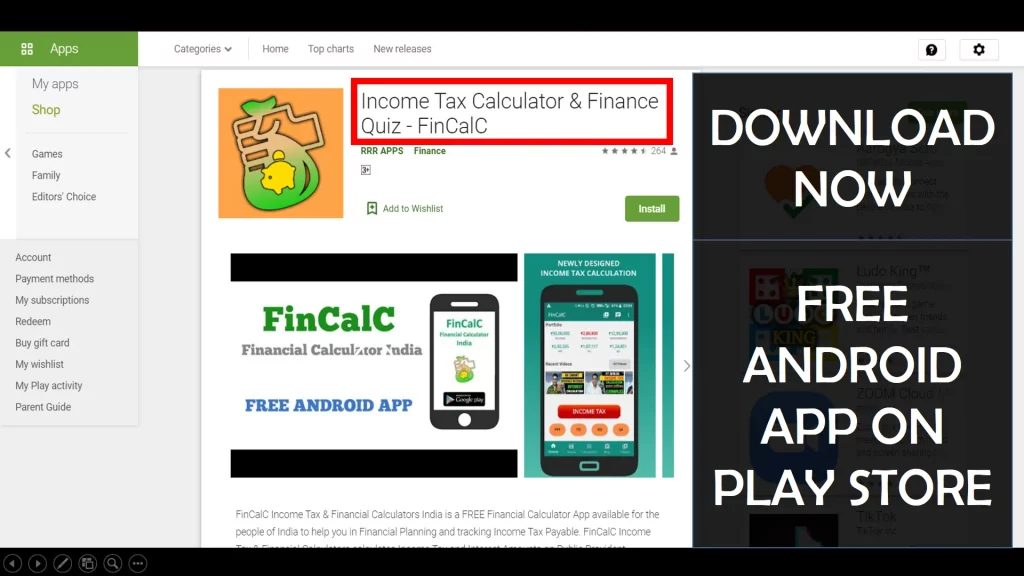
Use Popular Calculators:
- Income Tax Calculator
- Home Loan EMI Calculator
- SIP Calculator
- PPF Calculator
- HRA Calculator
- Step up SIP Calculator
- Savings Account Interest Calculator
- Lump sum Calculator
- FD Calculator
- RD Calculator
- Car Loan EMI Calculator
- Bike Loan EMI Calculator
- Sukanya Samriddhi Calculator
- Provident Fund Calculator
- Senior Citizen Savings Calculator
- NSC Calculator
- Monthly Income Scheme Calculator
- Mahila Samman Savings Calculator
- Systematic Withdrawal Calculator
- CAGR Calculator
I’d love to hear from you if you have any queries about Personal Finance and Money Management.
JOIN Telegram Group and stay updated with latest Personal Finance News and Topics.
Download our Free Android App – FinCalC to Calculate Income Tax and Interest on various small Saving Schemes in India including PPF, NSC, SIP and lot more.
Follow the Blog and Subscribe to YouTube Channel to stay updated about Personal Finance and Money Management topics.

